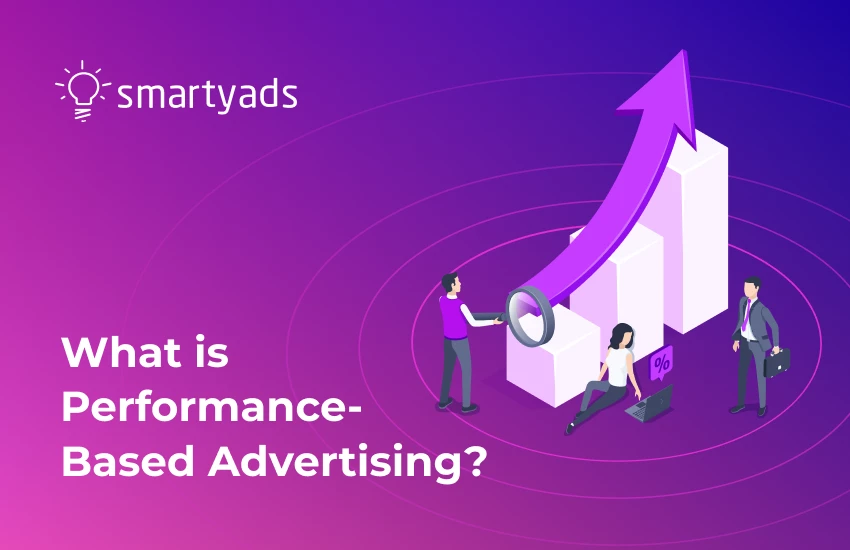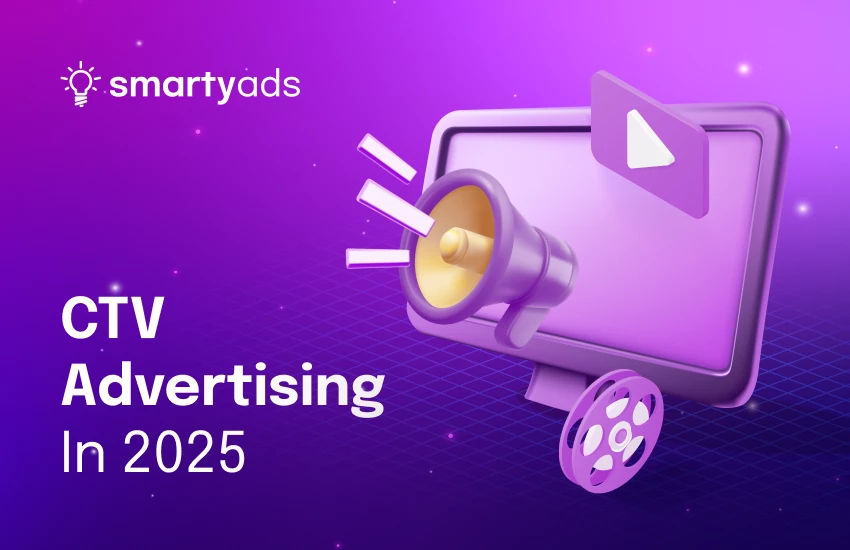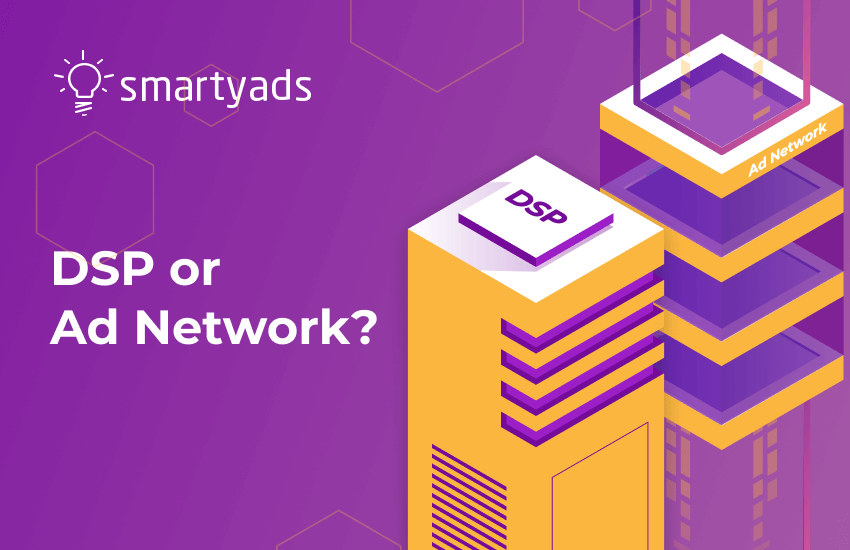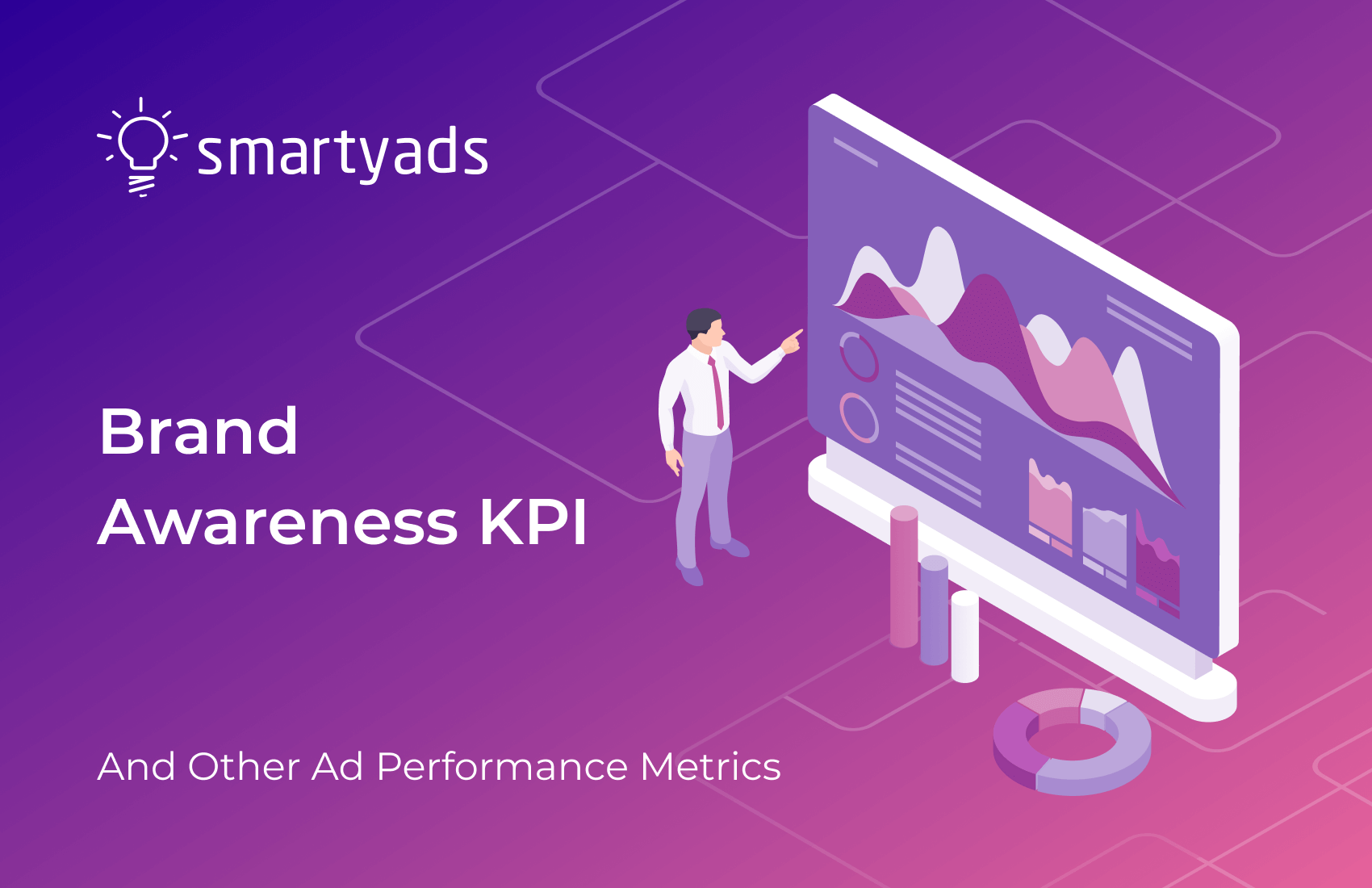Digital marketing has changed a lot, but perhaps the most noticeable change lies in more sophisticated technologies that allow precise counting of the results of your advertising efforts. Such an analysis can then be used as a foundation for building a marketing strategy, which is the main idea behind measuring advertising performance. Let us now explore what it is and how it works.
Key Takeaways:
- Performance advertising focuses on driving measurable results — such as sales, leads, or clicks — ensuring every ad dollar is tied to ROI.
- It has evolved from early pay-for-results models to multi-channel, data-driven strategies powered by social media, programmatic platforms, and AI automation for targeting, bidding, and creative optimization.
- Attribution models like last click, first click, linear, time decay, and position-based help identify how different channels contribute to conversions, guiding budget allocation.
- Challenges such as limited reach, low viewability, and ad fatigue can be solved with top-funnel targeting, verified traffic, frequency caps, and diversified creatives.
- Effective keyword selection, including long-tail terms, boosts PPC relevance and cost efficiency.
- Advertisers can execute and optimize these strategies through SmartyAds DSP, which offers premium inventory, advanced targeting, and real-time analytics.

What is performance based advertising
Performance based advertising is a strategy designed to achieve specific and measurable financial results within a short amount of time.
Such goals can include:
- Boosting sales
- Retaining the audience
- Increasing loyalty or a chosen specific metrics.
Performance advertising integrates all of your channels and allows you to get the most out of your marketing budget. The main aim of such a strategy is to make every dollar spent on advertising work and maximize return on investment.
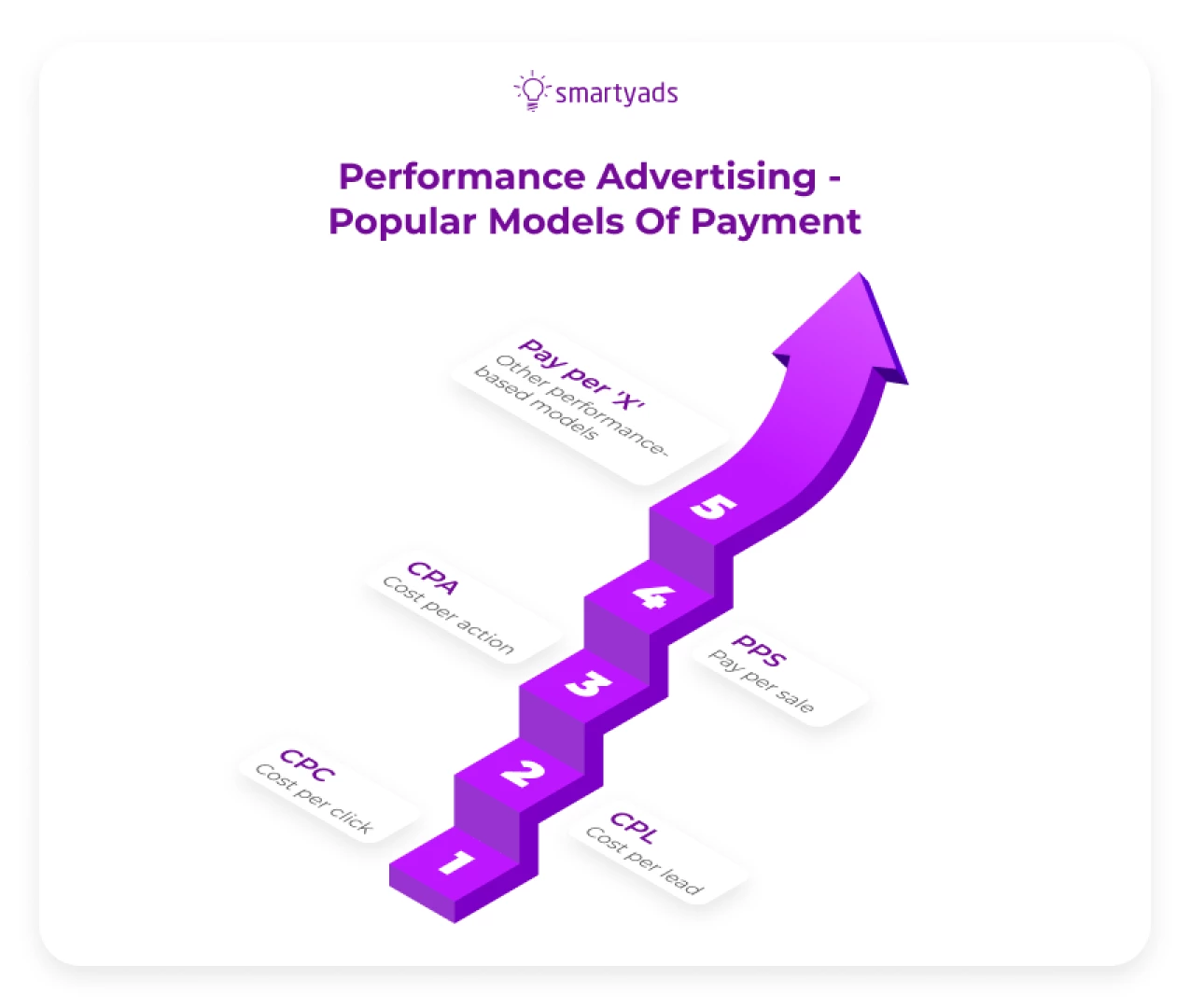
Evolution of performance driven advertising
What is performance marketing, and what stages of evolution did it come through?
The dawn of performance based marketing
The term originated in the USA in the early 2000s. It was a classic approach to performance measurement for businesses that paid agencies for certain results. However, this approach did not mean that the client always paid upon achieving a certain number of sales—it meant that the client paid for specific metrics achieved – number of clicks, website registrations, and more. The agency was supposed to use a comprehensive set of promotion tools – everything that facilitates and speeds up result achievement. At this time, no specific notion could clearly define what performance display advertising or marketing is.
The rise of social media
The real turning point came with the rise of Facebook advertising in the late 2000s. Facebook's robust targeting capabilities, coupled with its massive user base, allowed advertisers to reach highly specific audiences with precision. This marked the beginning of performance-based advertising on social media, where advertisers could track and optimize their campaigns based on specific metrics such as clicks, conversions, and engagement.
As social media platforms continued to evolve, performance strategies did, too. Features like Instagram ads, Twitter Cards, and LinkedIn Sponsored Content popped into the scene. During these times, performance agencies tried to focus on campaigns within a single channel, such as social media. This made it even more unclear to clients what performance marketing is.
Against this backdrop, classic performance agencies introduced the term Performance 360 to indicate that the agency achieves goals through the comprehensive use of internet channels: SEO, SMM, email marketing, and other tools. From this point, agencies approached the task comprehensively – first studying all the details of the project and then offering the client a strategy across all necessary promotion channels.
So, what is performance advertising? This one emerged as one of the promotion channels, which is basically ad serving based on payment models that take into account certain actions (cost-per-click, cost per lead, and cost per action).
The arrival of regulations
Due to the confusing situation and the constantly changing understanding of the term, associations began to emerge to regulate the industry. Their goal was to develop a performance-based market approach. Organizations and studies regulating the scene were introduced:
- Performance Marketing Association
- IAB / PWC Online Performance Marketing Studies
- Federal Trade Commission (FTC): The FTC in the United States provides guidelines and regulations regarding advertising practices, including those related to PM.
- And more
Since 2019, all marketing has been divided into branding and performance marketing. Branding marketing elevates recognition, loyalty, and brand awareness, while the second one targets specific targeted actions – visits, clicks, and sales. Below, you can see the core purposes of performance driven advertising and marketing.
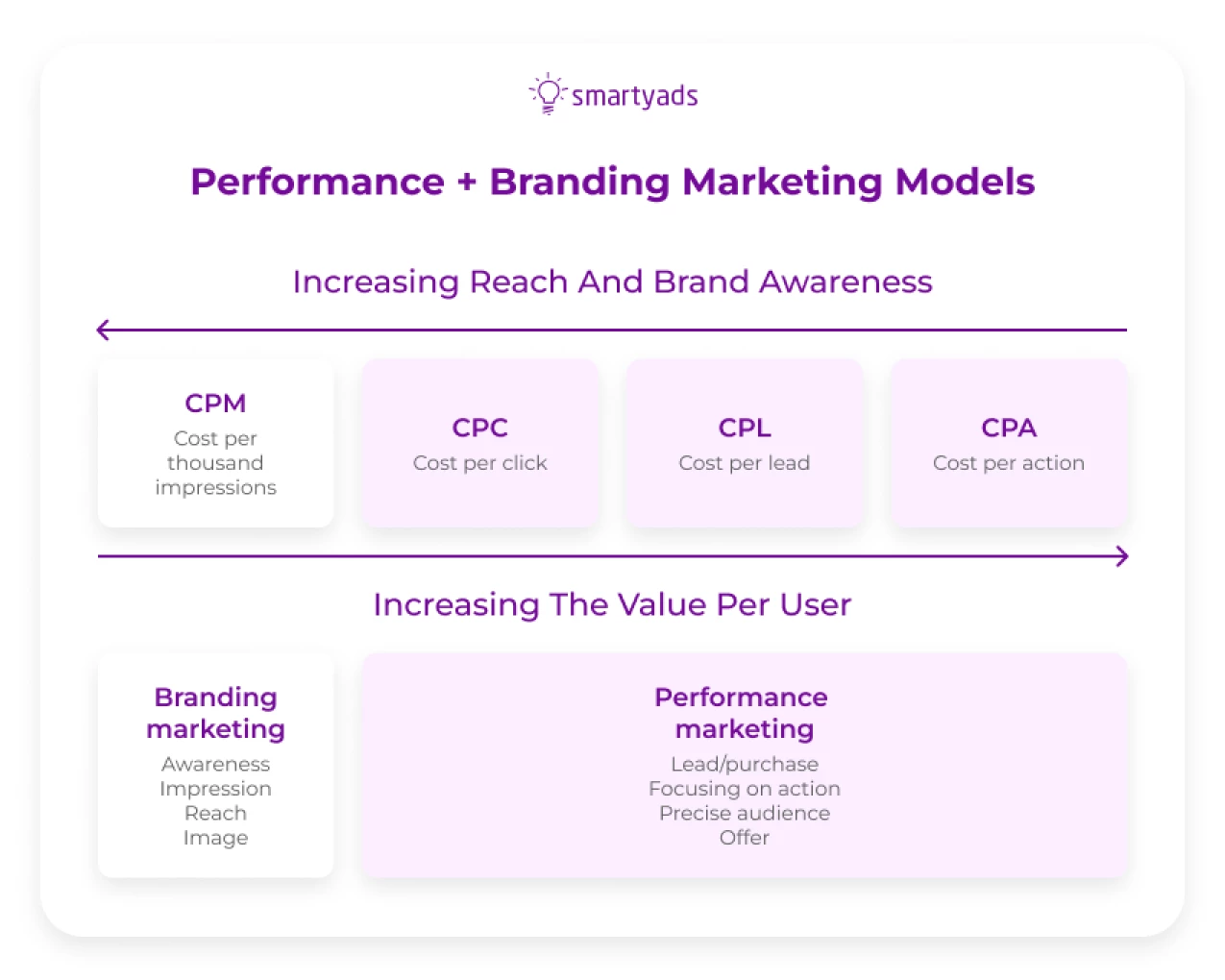
AI and new tech:
AI automation's capabilities are changing the game for performance marketers. Routine tasks such as bid management, A/B testing, and content optimization can be automated, freeing up marketers' valuable time to focus on strategic planning and creativity. This not only increases efficiency but also reduces the likelihood of human error. By providing tailored content and recommendations, AI today ensures that every interaction with a potential customer is relevant and effective.

Measuring the effectiveness of performance advertising campaigns
The advertising specialist's primary task is to determine which channels and tools will bring the best ads performance for each particular business. These channels and tools are then put into the ideal complex strategy that involves working simultaneously at all levels of the sales funnel, both online and offline.
Last click/last touch
With this popular model, the conversion is attributed to the last source in the user journey. In other words, all revenue is attributed to the channel that led to the desired action.
For example, there are three user touchpoints: contextual advertising, targeted advertising, and direct website entry. If we choose the last click, then everything will be attributed to the direct channel. The rest of the channels bring motivated users: a highly-interested target audience ready to buy the product after clicking on one or another advertising message.
If campaigns based on last click do not pay off, it does not mean that they should be turned off. These channels play a crucial role in guiding users through the conversion funnel, creating awareness and interest that ultimately lead to the final action, even if they don't get direct credit for the conversion.
Does this model suit you? The last click is not suitable for measuring ad performance if you have many advertising sources. With large marketing budgets, complex user acquisition scenarios, and long deal cycles, this model will not show the real picture of what is happening and what channel brings performance. Suitable for the bottom of the funnel.
First click attribution
First click, or first touch is an attribution model where the achievement of a goal is credited not to the last but to the first source in the user touchpoint chain. In other words, the inquiry and payment are attributed to the channel that initially attracted the user. This strategy is often used in advertising campaigns aimed at increasing brand awareness.
First click effectively highlights the traffic sources focused on attracting and initiating the first interaction with the user. They do not nurture the interest in purchasing but effectively attract new traffic. However, the first click has a downside: it ignores subsequent interactions with the user and their impact.
Does this model suit you? First-click attribution can be beneficial for brands focused on increasing brand awareness and attracting new customers. It is particularly suitable for campaigns where the main goal is to introduce the brand to potential customers. However, it is not the most suitable choice for businesses with many advertising sources or full-funnel marketing strategies.
Linear attribution
In this case, the calculation of performance based ads is based on the following principle: if a user interacts with multiple traffic channels, the value of the conversion is distributed equally among each of them.
Let's say there are four elements in the chain of channels:
- Social media
- PPC (Pay-Per-Click)
- SEO (Search Engine Optimization).
As a result, each of these channels will receive 25% of the total 100%. The company can track which marketing channels contributed to generating sales. Each interaction with the customer receives equal credit. Still, the linear model does not provide an understanding of which channels should receive more investment and which ones do not play a decisive role in the customer's decision to make a purchase.
Does this model suit you? It can be beneficial for businesses that have relatively straightforward customer journeys and where each marketing touchpoint contributes equally to the overall conversion process. It may be suitable for businesses with a limited number of marketing channels.
Time decay
This one distributes the value of interactions incrementally. The last touchpoint, which leads to the purchase, receives the highest value, while the first touchpoint receives the lowest. For example, a user becomes acquainted with a product when they see an advertisement on Instagram, then the user visits brand's website twice through links on social media, and finally purchases the product after seeing an advertisement in a search engine. In this model, the first interaction receives 10% of the value, while the last one receives 40%.
This model is suitable for performance based campaigns that consider the significance of each interaction leading to a sale. However, the action that actually resulted in the conversion holds the highest value. Later interactions, closer to the conversion, are more valuable than initial interactions with the customer because they increase the likelihood of a purchase.
Does this model suit you? This model undervalues interactions that introduce the customer to the product and brand. So, it’s not good for the top of the funnel. It can be beneficial for businesses and campaigns where customer interactions tend to occur gradually over time, with multiple touchpoints leading to a conversion.
Position-based
This kind of attribution is well-known in Google Analytics 4. This cross-channel position-based attribution model assigns 40% of the value to both the first and last interactions, while the remaining 20% is evenly distributed among the other interactions. In this model, a significant portion of the credit is given to the first and last interactions, with the remaining credit distributed evenly among the middle interactions.
Let's say a customer's journey to making a purchase involves three touchpoints:
They first discover the product through a social media ad (awareness).
They later research the product by visiting the company's website directly (consideration).
Finally, they make the purchase after clicking on a search ad and finding the product page (conversion).
In a position-based attribution model with a 40-20-40 distribution, the first and last touchpoints (social media ad and search ad) would each receive 40% of the credit, while the middle touchpoint (website visit) would receive 20% of the credit.
Does this model suit you? It is suitable for multi-channel campaigns that aim to understand both the initial and final touchpoints along the customer journey. It works well when customer journeys involve distinct stages. However, it is not the best choice for short or overly complex customer journeys.
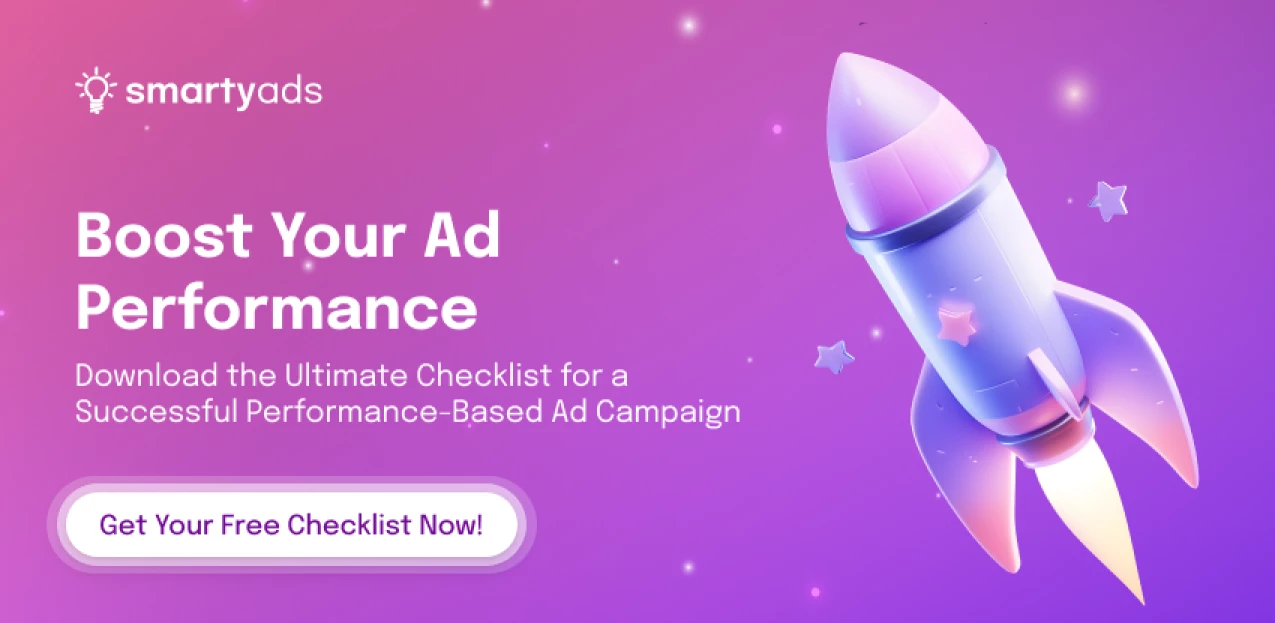
Challenges and solutions in performance ads
Advertisers face some core challenges in 2024. Consider them when planning performance campaigns.
Problem 1: Limited reach
Performance marketing ads only work with already-formed demand, ignoring potential customers who may be interested in the product or service. As a result, the business won't have a strategy for informing and recommending.
Solution: Programmatic advertising works with top-funnel demand. Based on the user's digital characteristics, the platform can deliver the ads to potential interest audiences.
Problem 2: Ads are not viewable
Many potential issues can prevent campaign viewability, and ad fraud is one of the most common reasons why ad impressions don’t convert.
Solution: Work only with proven AdTech vendors with verified supply. Make sure they have top-tier traffic and that they collaborate with global traffic protection companies, like Pixalate, Protected Media, etc.
Problem 3: Ad fatigue
Users get tired of ads and skip the banners or videos, which affects ad campaign performance.
Solution: Use ad platforms that enable you to adjust the ad frequency of ad impressions—limit the number of ad impressions per user to 3-4 per day. Make sure to diversify your approach to ad serving and show different creatives to different user segments.
Problem 4: Campaigns don’t convert
If creatives don’t convert, and the analysis shows that they are not clicked on, the problem might be that your offer doesn’t take into account the customer journey.
Solution: The main task in the first month of the campaign is to reach the maximum audience, which is possible thanks to brand awareness campaigns (normally executed via programmatic demand-side platforms on a CPM basis). The remaining funds are divided equally between media channels and decision-making channels. Thus, at all stages of the sales funnel, the strategy will ensure a constant influx of new audiences and sales growth.
The role of keywords in performance campaigns
Last but not least, selecting the right keywords is crucial for the success of a PPC campaign, as it directly impacts the performance and cost-effectiveness of the advertising efforts. By focusing on the main keyword that resonates with the target audience, businesses can ensure their ads appear in relevant searches, increasing the likelihood of clicks and conversions. Additionally, incorporating an additional keyword strategy, such as long-tail keywords, can help capture more specific queries, reducing competition and cost per click. This strategic keyword selection ultimately drives better results and maximizes the return on investment for PPC campaigns.
To sum up
Just a couple of years ago, companies were spending money on mass advertising. Today, performance driven advertising and marketing made it possible to measure the results of highly-targeted and measurable campaigns. Thanks to the development of advertising tools, both performance and branding campaigns can be easily launched on ad platforms, and advertisers can constantly optimize, track results, and control the entire advertising process.
Advertise wisely with SmartyAds DSP and may your ad spend always grow rapidly!

